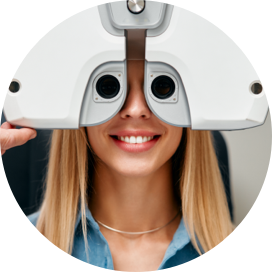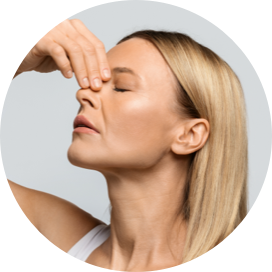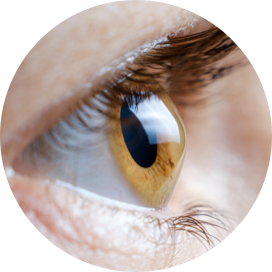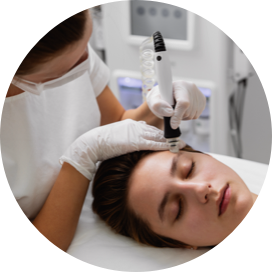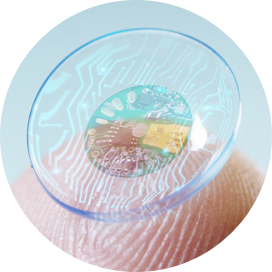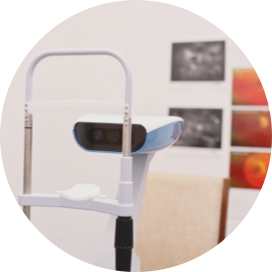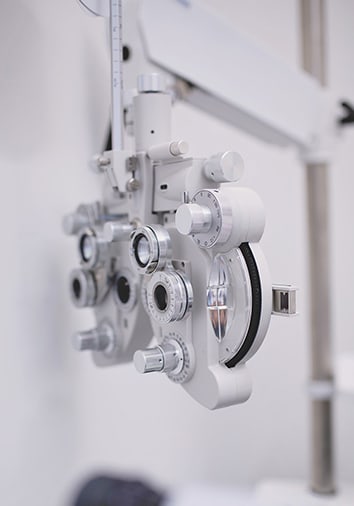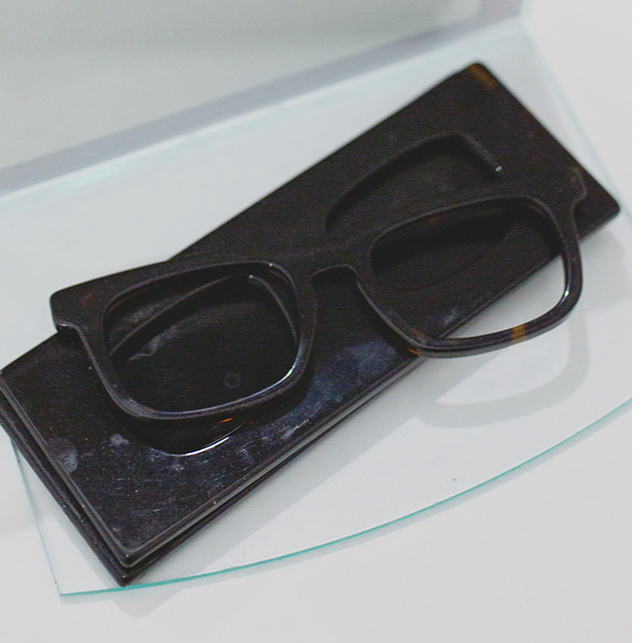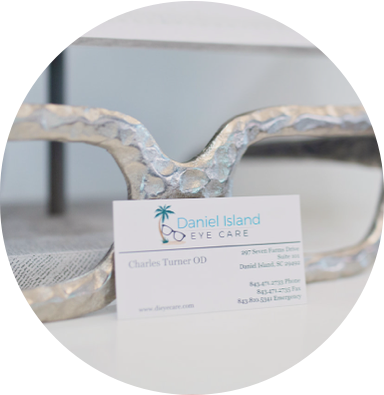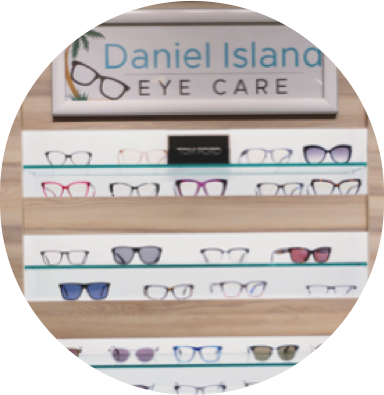If your eyes often feel dry, gritty, or irritated, you might be dealing with one of the common types of dry eye, a frustrating but treatable issue. Your eyelids are lined with tiny glands called meibomian glands, which play a significant role in keeping your eyes comfortable. They produce a special oil that prevents your tears from evaporating too quickly.
When these glands get clogged, it can lead to significant discomfort. A combination of consistent at-home care, like warm compresses and gentle massage, along with professional dry eye treatments from your eye doctor, can help unclog meibomian glands and bring you relief.
What Are Clogged Meibomian Glands?
Your meibomian glands line your upper and lower eyelids. Their job is to release an oil called meibum every time you blink. This oil forms the protective outer layer of your tear film, locking in moisture and keeping your eye’s surface smooth.
When these glands become blocked, the oil cannot escape, a condition known as meibomian gland dysfunction (MGD). Without that oily layer, your tears dry up too fast. This is one of the most frequent reasons why eyes can feel dry and scratchy, leaving them sore and uncomfortable.
Signs and Symptoms of a Blockage
The symptoms of MGD often feel just like dry eye disease. If your meibomian glands are clogged, you might notice several distinct feelings. You may experience one or many of the following signs:
- Scratchy or burning eyes
- A gritty feeling, like sand is in your eye
- Redness and swelling along your eyelid margins
- Eyes that water too much
- Blurry vision that changes when you blink, as dry eye can cause blurry vision
- Crusty or sticky eyelids, especially in the morning
- Difficulty wearing your contact lenses
Common Causes and Risk Factors
Several factors can increase your chances of developing MGD. Knowing what contributes to this condition can help you recognize the signs sooner. These factors can affect your gland function and the quality of the oil they produce.
What Contributes to MGD?
- Age: As we get older, our meibomian glands may not function as well as they used to, with aging being a significant risk factor for MGD.
- Hormonal changes: Fluctuations in hormones can impact the consistency and amount of oil your glands make.
- Contact lenses: Wearing contact lenses for long periods can sometimes interfere with normal gland function.
- Incomplete makeup removal: Eye makeup left overnight can block the openings of your meibomian glands.
- Certain health conditions: Skin conditions like rosacea or eyelid inflammation, known as blepharitis, are often linked to MGD. Our team can help with the diagnosis and management of eye diseases like these.
How to Unblock Meibomian Glands at Home
For mild discomfort, you can often find relief with a simple at-home routine. These steps can help soften the hardened oil and encourage it to flow more freely. Consistency is the most important part of making these techniques effective.
Apply a Warm Compress
Heat is a great way to melt the thick, stubborn oil clogging your glands. Place a clean, warm washcloth over your closed eyelids for 5–10 minutes. You can do this once or twice a day to help improve oil flow.
Try a Gentle Eyelid Massage
Right after using a warm compress, gently massage your eyelids to help express the melted oil. Use a clean fingertip to lightly roll upward on your lower lid while looking up. Then, look down and gently roll your finger downward on your upper lid.
Keep Your Eyelids Clean
Regularly cleaning your lash line helps remove debris and bacteria that can contribute to blockages. You can use a diluted, gentle cleanser on a cotton swab or washcloth to lightly scrub the area. This helps keep the gland openings clear.
In addition to these hands-on methods, some people ask about dietary supplements. While it was once thought that omega-3s could help, studies have shown they may not offer significant relief for most people with dry eye. A balanced diet, however, is always beneficial for overall eye health.
What to Avoid
It’s important that you never try to squeeze or pop the glands like a pimple. Applying too much pressure can damage the delicate tissue in your eyelids. This could lead to more inflammation or even an infection.
How Long Does It Take to Notice a Difference?
At-home care requires patience and consistency. It may take a few weeks of daily practice before you begin to feel a real improvement in your symptoms. Sticking with the routine is key to getting results.

Professional Treatments
If your symptoms don’t get better with at-home care, or if they affect your daily life, professional treatments can offer more effective relief. Your eye doctor has access to methods designed to effectively manage MGD and restore comfort to your eyes. We can develop a plan suited to your specific needs.
Prescription Eye Drops
Depending on your situation, we may recommend medicated eye drops. These can help reduce inflammation at the eyelid margin and improve your eye’s natural oil flow. Some drops can also help your eyes produce more of their own tears.
Intense Pulsed Light Therapy
Intense pulsed light (IPL) is a noninvasive treatment that uses gentle light to address MGD. The light pulses help reduce inflammation in the blood vessels around the glands. This can improve gland function and relieve many dry eye symptoms.
Other In-Office Procedures
Based on your eye health, other in-office options may be a great fit for you. These treatments include:
- Lid debridement: This procedure carefully removes buildup from your eyelid margins to clear the gland openings.
- Thermal pulsation: Systems like LipiFlow apply gentle heat and pressure to the eyelids to effectively unblock the glands.
- Scleral lenses: These are large-diameter contact lenses that create a reservoir of fluid over the cornea, keeping it hydrated and protected.
Find Relief for Your Dry and Irritated Eyes
You don’t have to put up with the daily discomfort of clogged meibomian glands and dry eye. While at-home care is a great first step, a personalized plan from an eye care professional is often the best path to lasting relief.
At Daniel Island Eye Care, we’re here to help you find comfort and clarity. Our team takes the time to understand your symptoms and lifestyle to recommend the right solution. Contact us today to book your appointment and take the first step toward healthier, happier eyes.


